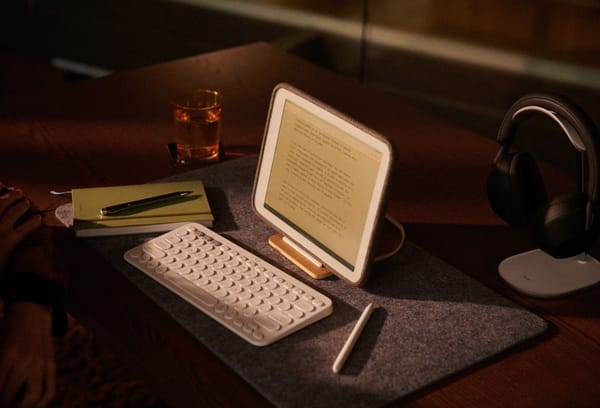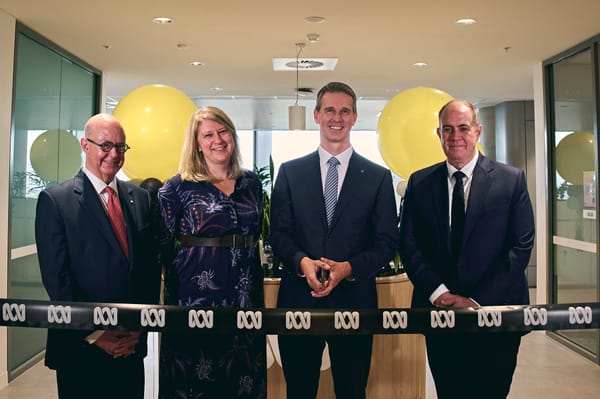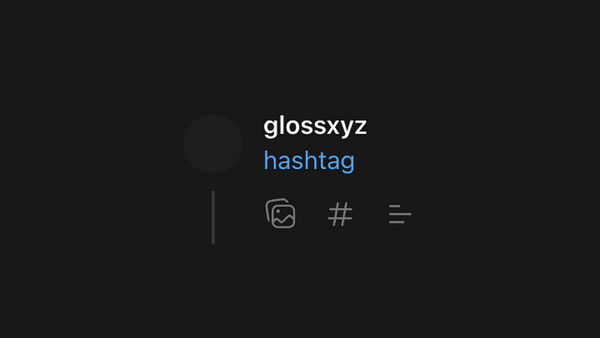Vox.com redesign takes cues from The Verge, moves to Wordpress.

Nice post from Thomas Stang, Engineering Lead at Vox Media, on the transition from Vox Media's Chorus CMS to Wordpress. Some interesting tidbits:

Over the following months, shifts and changes in our teams made the task of migration ahead of us even more challenging, as we lost some exceptional teammates and institutional knowledge. Despite these setbacks, we began planning the migration. Duet would remain the front-end platform, supporting all brand sites migrating to WordPress using a decoupled architecture. This required refactoring Duet to source data from a completely different API.
Though Polygon was nearing completion, we decided to migrate Vox News as the first brand on WordPress. Vox had the least brand-specific CMS features, making it a strategic starting point. By migrating Vox first, we could develop the majority of the features used by Chorus brands, adding new functionality with each subsequent migration.
I honestly can’t imagine the migration process going any smoother than it did. In just seven months, we built an extensive feature set into WordPress, migrated all of Vox’s content and media library, implemented a comprehensive GraphQL API, completed development of our component library, refactored the front-end platform to use a new schema and API, and launched a new, redesigned brand site.
The redesign takes a lot of cues from The Verge's 2022 redesign, excluding the introduction of 'Quick Posts'. Verge Editor in Chief Nilay Patel has previously expressed interest in integrating The Verge with ActivityPub.
Post by @reckless1280View on Threads
Gloss is hosted by Compiled on the Ghost CMS and will definitely also be adding ActivityPub support as soon as their integration launches.























